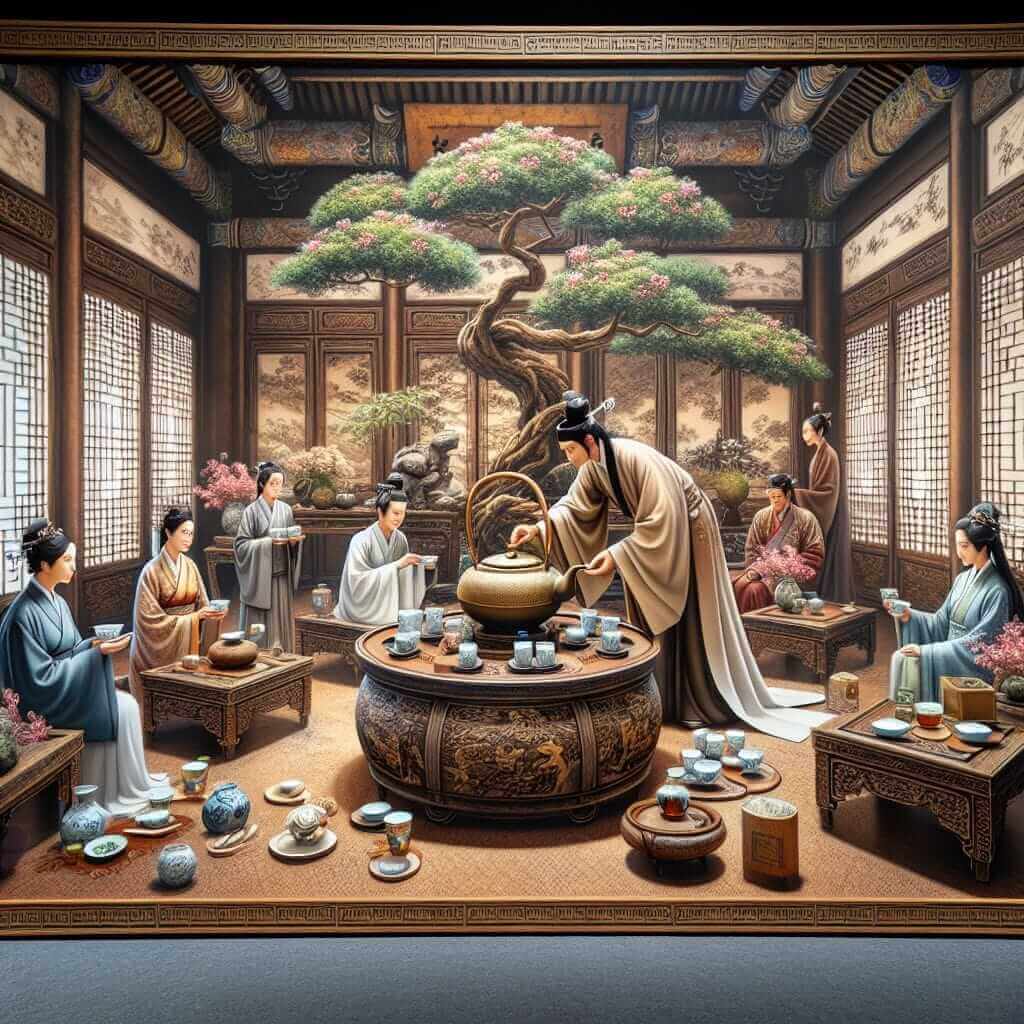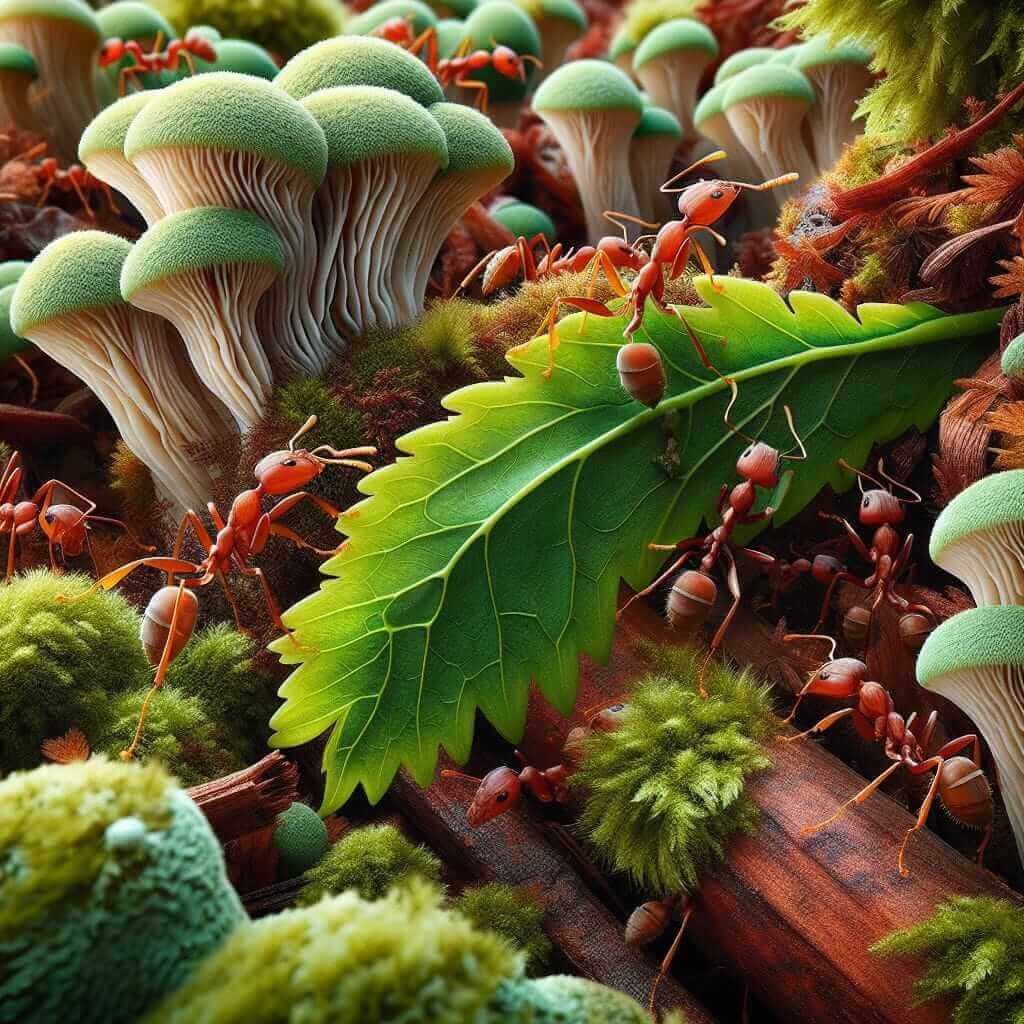The IELTS Reading section is known for its comprehensive and diverse range of topics that tests a wide array of skills, from skimming and scanning for information to understanding detailed arguments within texts. One such fascinating topic is “The History of Tea.” This reading passage takes you through the historical journey of tea from its origins in ancient China to its establishment in Europe. In this article, we will delve into the actual IELTS Reading passage, explore the different questions related to it, and provide detailed answer keys along with explanations. Additionally, we will pinpoint common errors, challenging vocabulary, and intricate grammar structures you need to watch out for.
The History of Tea: Reading Passage
The history of tea starts in China with an ancient legend dating back to 2737 BC, involving the Chinese emperor Shen Nung. The drink was accidentally invented when leaves from a tree blew into boiling water. Centuries later, tea containers were found in tombs from the Han Dynasty, marking its long-standing cultural significance in China. During the Tang Dynasty, tea became China’s national drink, and Lu Yu wrote the first comprehensive book on tea, the Tea Classic.
 Ancient Chinese Tea Ceremony
Ancient Chinese Tea Ceremony
Tea spread to Japan, primarily through Buddhist monks who studied in China. Europeans first encountered tea in the latter half of the sixteenth century, primarily through Portuguese traders. However, it was the Dutch who commercially imported tea to Europe. By 1606, the Dutch were shipping tea from China to Holland. In Britain, tea gained popularity slowly, initially served in coffee houses but remained an expensive luxury due to high taxation.
The eighteenth-century British enthusiasm for tea, coupled with high taxes, led to widespread smuggling and adulteration. This prompted drastic tax cuts in 1784, making tea affordable overnight. By 1834, the East India Company lost its monopoly on the China trade, leading to increased tea cultivation in India and the rise of the tea clippers, ships racing to bring tea to Europe.
Questions on the Reading Passage
Complete the Sentences
- Researchers believed the tea containers detected in ___ from the Han Dynasty was the first evidence of the use of tea.
- Lu Yu wrote a ___ about tea before anyone else in the eighth century.
- It was ___ from Japan who brought tea to their native country from China.
- Tea was carried from China to Europe actually by the ___.
- The British government had to cut down the taxation on tea due to the serious crime of ___.
- Tea was planted in ___ besides China in the 19th century.
- In order to compete in shipping speed, traders used ___ for the race.
True/False/Not Given
- Tea was popular in Britain in the 16th century.
- Tea was more fashionable than coffee in Europe in the late 16th century.
- Tea was enjoyed by all classes in Britain in the seventeenth century.
- The adulteration of tea also prompted William Pitt the Younger to reduce the tax.
- Initial problems occurred when tea was planted outside China by the East India Company.
- The fastest vessels were owned by America during the 19th century clipper races.
Answer Keys with Explanations
-
tombs
- Containers for tea were found in tombs dating from the Han Dynasty, marking the earliest evidence of tea use.
-
book
- Lu Yu authored the first book about tea in the Tang Dynasty period.
-
monks
- Japanese Buddhist monks who traveled to China played a crucial role in bringing tea to Japan.
-
Dutch
- The Dutch were the first to commercially import tea from China to Europe.
-
smuggling
- The British government’s heavy taxation led to a surge in tea smuggling.
-
India
- Tea cultivation began in India as the East India Company sought to grow it outside China.
-
clippers
- Traders used fast clippers to race and deliver tea quickly to maximize profits.
True/False/Not Given Explanations
-
False
- Tea became popular in Britain much later, not in the 16th century as stated.
-
Not Given
- The passage does not compare the fashionability of tea and coffee in Europe in the late 16th century.
-
False
- Initially, tea was too expensive for the working-class in Britain, primarily enjoyed by the upper class.
-
True
- High taxation led to adulteration, prompting the government to reduce tea taxes.
-
True
- Early attempts to cultivate tea outside China faced setbacks, such as destruction by cattle.
-
Not Given
- The passage does not provide information about the nationalities of the fastest ships during the clipper races.
Common Mistakes in Reading Comprehension
- Misinterpreting Dates and Events: Ensure that you accurately understand the timelines and historical progression discussed in the passage.
- Overlooking Specific Details: Key phrases like “first commercial import” or “tax reduction” often lead to correct answers.
- True/False/Not Given Confusion: Carefully distinguish between information explicitly stated, implied, or not mentioned.
Challenging Vocabulary
- Herbalist (n.) | ˈhɜːbəlɪst |: A person who practices healing by the use of herbs.
- Monopoly (n.) | məˈnɒpəli |: Exclusive control by one group, especially in trade.
- Smuggling (n.) | ˈsmʌɡəlɪŋ |: The action of transporting goods illegally.
- Adulteration (n.) | əˌdʌltəˈreɪʃən |: The process of making something poorer in quality by adding another substance.
Complex Grammar Structures
- Relative Clauses: “Containers for tea, which had been found in tombs from the Han Dynasty, marked the first evidence.”
- Usage: Adds additional information about the containers without starting a new sentence.
- Passive Voice: “Tea was first introduced to Japan.”
- Usage: Focuses on the action rather than who performed it.
By following this detailed guide, you can approach the IELTS Reading passage “The History of Tea” with confidence and clarity, ensuring you handle the questions effectively while gaining deeper insights into one of the world’s most beloved beverages.


